
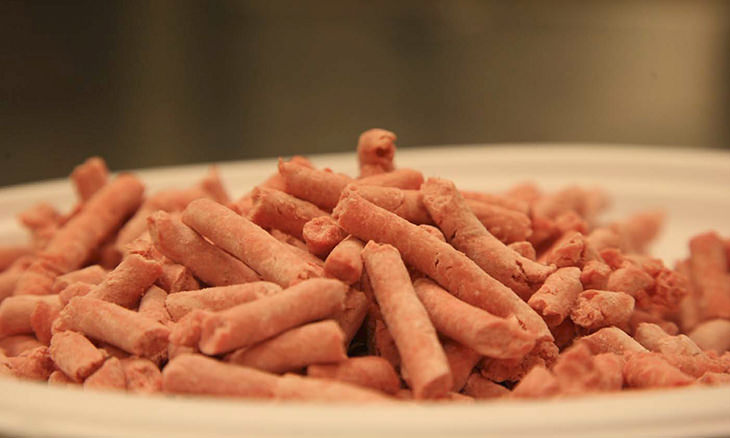
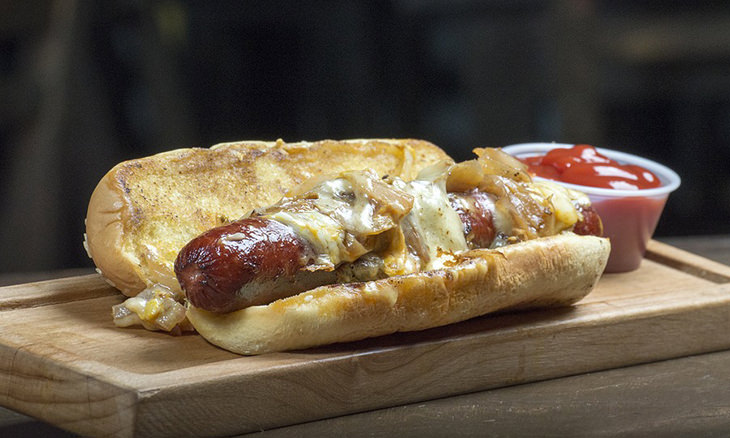

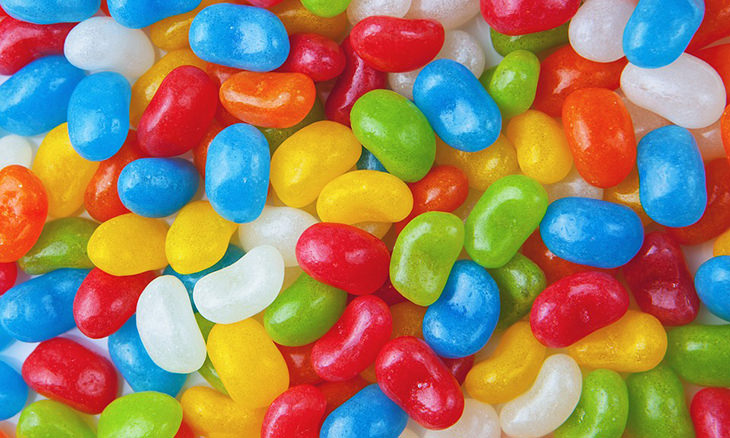
Shellac is the stuff that’s usually used to coat jelly beans. The rather gross thing about it, however, is that it’s made out of a secretion made by the female Kerria lacca insect, which is found in India and Thailand. Shellac is often described as confectioner's glaze or food additive E904 on food labels.


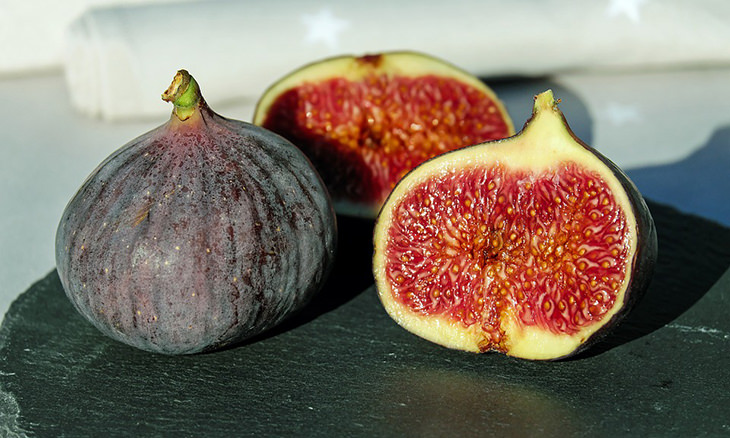
Seeing as figs are actually flowers as opposed to being fruits, they need to be pollinated, and that’s where the warm and fuzzy fig wasp comes in. Female fig wasps lay their larvae inside of male figs, then die inside of them before relying on her female babies to burrow out and continue the cycle.
The only problem is that they end up reproducing inside female figs, which can’t support a wasp’s reproductive cycle, resulting in them dying there. Luckily, female figs have the ability to break down a wasp carcass using an enzyme called ficin.
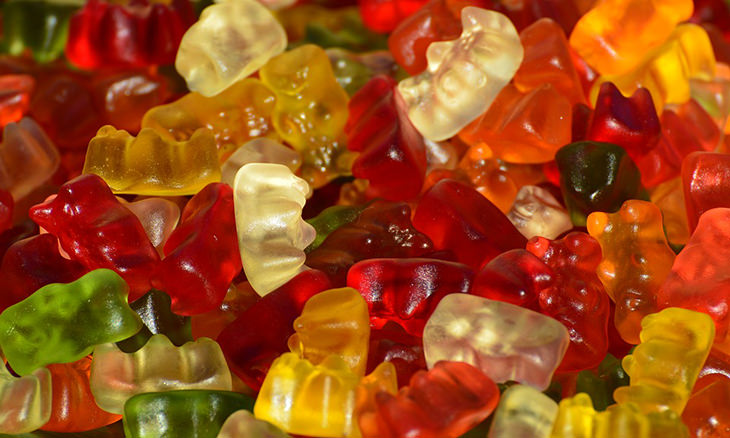
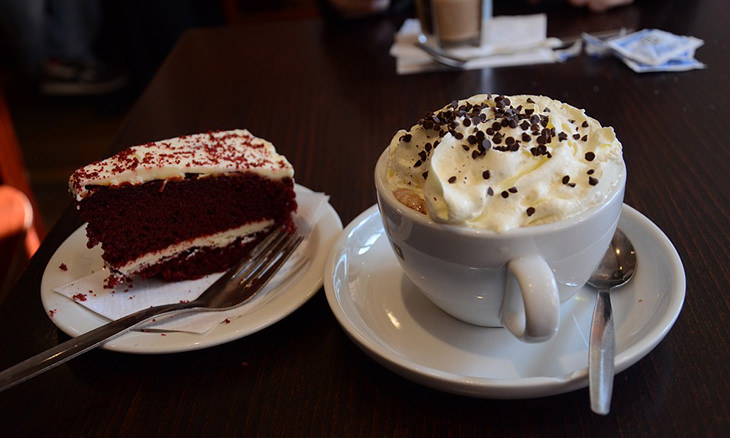
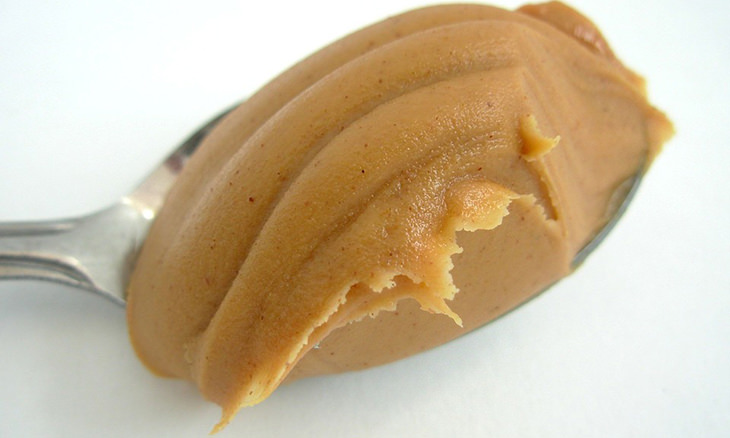
 5:20
5:20
Exploring the Fascinating History of Popcorn!
exploring the history and evolution of this irresistible snack - popcorn!

Vitamin Blast: The Best Vegan Sources of Vitamin D
Here's a dive into various beverages packed with nutrients vital for daily wellness and immune defense against viruses.
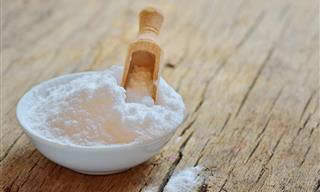
Upgrade Your Favorite Foods With this Common Ingredient!
How to use baking soda and drinking soda to upgrade different foods.

Think its Healthy? These Foods Are Ultra-Processed
These foods are more processed than you think.

Some of the Weirdest Foods Ever Emerged in 2018...
These weird foods will be a source of intrigue for some, and a sort of great discomfort for others. Here are 10 weird foods that we discovered in 2018.

These Are the 10 MOST Addictive Foods
What if being 'addictive' was not just a phrase we use jokingly to describe chocolate and pizza? Could one really become addicted to food?

5 Great & Basic Cream Recipes We All Should Know
Learn how to make 5 of the most basic creams every baking enthusiast should know how to make! So, the next time you want to make a luxurious and impressive dessert, simply choose one of these excellent cream recipes.

COLLECTION: Everything You Wanted to Know About Wine!
This collection will expose you to some of our best information about wine, including a full guide for beginner's, the best wine/food combinations and more

What Does Vitamin E Do, and Where Do We Get It From?
This discussion delves into eight noteworthy benefits of vitamin E, substantiated by scientific research.
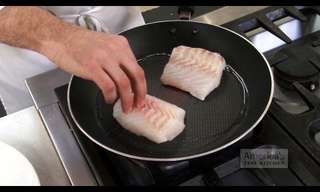 1:32
1:32
Quick Tip: Cook Fish Without Risk of Burning!
Learn to easily eliminate the biggest problem you're faced with when cooking fish.

Three Terrific Recipes for Tasty and Healthy Root Vegetables
The following three recipes will teach you how to utilize lesser-known parts of a variety of wonderful root vegetables, earning you plenty of compliments and praise.
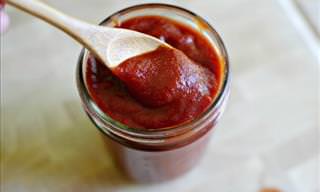
12 Recipes for Sauces That You’ll Never Have to Buy Again
Sauces and spreads are a must in every kitchen, but when we buy them in the store, we buy sauces filled with preservatives. Here's how to make your own!

Boost Your Immune Health With This Ayurvedic Drink
Check out this wonderful traditional Ayurvedic drink called kadha that is known to boost immunity and fight the cold.
 11:07
11:07
Dessert Ideas That Deserve To Be On Your Christmas Table
These delicious and easy desserts are a great way to surprise your family and friends this Christmas!
 Viewed
Viewed
The True Ingredients of Nine Wonderful Ketchups
Experiment with these inventive recipes and discover a new favorite way to enjoy ketchup!

This Exquisite Risotto is a Seafood Lover's Dream
This recipe will show you how to make a delicious and hearty seafood risotto.

Prepare 3 Nutritious & Filling Breakfasts in 10 Minutes
Here are three delicious breakfasts that pack all the nutrients you need and will get your day started off with a boost of energy.
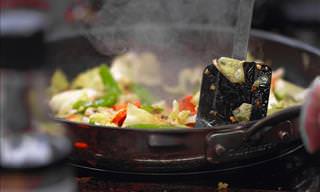
Discover How to Reheat Any Leftovers in the Optimal Way
Learn the ideal way to reheat any kind of meal with this comprehensive guide.

Impress Your Guests With This Easily Made Apple Swan!
A simple and easy way to beautify any set table with beautiful little apple swans!

Maple Banana Muffins That Are Healthy as Well as Delicious
This recipe will show you how to make delicious and healthy maple-sweetened banana muffins.
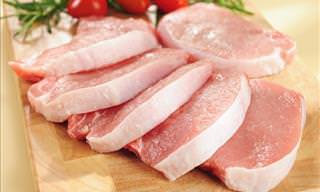
7 Tips That'll Help You Say Goodbye to Dry Pork Chops!
Follow these fantastic tips and you'll never have to suffer a dry pork chop again!

This is How You Can Bake the Perfect Cookies Every Time
Want to make the perfect cookie? Well, after reading this article, you'll be able to do so every single time you bake!
 7:34
7:34
Bring Variety to Your Morning With 10 Iced Coffee Drinks
Bring variety to your breakfast with these delicious and refreshing iced coffee drinks!

These Protein Packed Broccoli & Cheddar Bites Are Delicious
A delicious and protein-packed snack that'll make for the perfect side dish.

A French Onion Soup to Warm Even the Coldest of Nights
This recipe will show you how to make a delicious and hearty French onion soup that'll warm even the coldest of days.

The 12 Best Foods for Your Abs!
Introducing the 12 best foods to burn excess stomach fat and keep your body trimmed and thin.
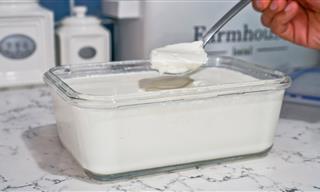 2:55
2:55
Why Spend Money On Yogurt When You Can Make It Yourself?
Why spend money on buying yogurt when you can make it easily at home with just two ingredients?

6 Terrific Recipes That Can Be Made with Medicinal Herbs
Find out how mallow, nettles, mint, elderberry, fennel, and chives are dutifully incorporated into these 6 delicious recipes!
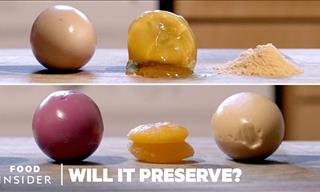 11:51
11:51
6 Useful Ways to Make Eggs Last for MUCH Longer
Not only does this video teach 6 ways to preserve eggs for much longer, you also get to learn some pretty cool recipes on the way.

These Baking Charts Will Make Baking Easier & More Fun
Baking doesn't have to be difficult or complicated - all you need to do is follow the 8 fantastic charts that we've compiled in this post.

Make a Delicious and Unexpected Dessert: Apple Blossoms!
It's time to impress your guests with a dessert that isn't just sweet and delicious, but also stunning to look at!
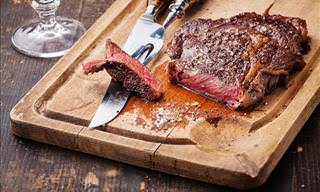
Eradicate These Mistakes in Order to Cook a Perfect Steak
Cooking meat, especially steaks, can be puzzling. Here are 8 common mistakes that most people make when cooking a delicious steak.

6 Delicious Tuna Recipes You Just Have to Try
Fish dishes are an easy and great way to provide ourselves and people close to us fast and healthy meals full of protein and amino acids. These 6 different recipes use tuna fish in its many forms!
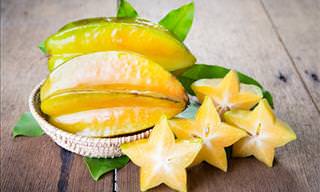
7 Seasonal Superfruits You SHOULD be Eating
It's well documented that fruit is very good for you, but not all fruit is created equally. Here are 7 seasonal superfruits that you should definitely be eating.
 5:36
5:36
This is How You Make Delicious Home-Made Hummus
Hummus is delicious, and you'll be surprised how easy it is to make your own.

Boost Your Immune System With These 4 Delicious Juices
These 4 healthy and delicious drinks will help you ward off the cold and flu during the cold seasons and improve your immune defenses
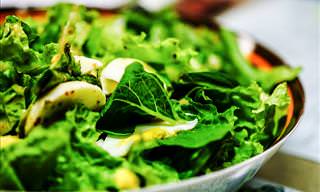
Here's How to Make the Tastiest Salad Dressing!
These charts briefly explain how best to go about making a variety of delicious salad dressings.

These 3-Ingredient Cookie Recipes Will Melt in Your Mouth
These 6 cookie recipes only require 3 ingredients!
 6:07
6:07
These Quick Snacks Are Proven To Be Healthy and Cheap
A video from John Hopkins University shows us that healthy food doesn't have to be a burden on your bank account or your watch. These easy and affordable snacks can help keep you moving.
 4:44
4:44
This Chicken Breast Recipe is Simple, Cheap and Juicy!
Today, we're sharing a mouthwatering recipe that you'll want to cook over and over again without getting bored.

Why Did No One Tell Me That Beer Is So Amazing?
Did you know any of this stunning beer trivia? Frankly, I had no idea that beer was this amazing.
 Viewed
Viewed
6 Mistakes We Make When Making Scrambled Eggs
If you want to make the perfect scrambled egg, follow these 6 simple tips.

4 Heavenly Chicken Soups to Spoil Yourself with This Winter
Chicken is a common soup ingredient because of its ideal tenderness and taste. Presenting 4 of the many irresistible ways to make the chicken soup of your dreams.

10 Piping Hot Soups to Keep You Warm Throughout Winter
These soups are amazingly tasty, and will keep you warm on a cold winter's day. Yet the most amazing thing is that they are all under 300 calories.
 6:48
6:48
11 Common Cookie Baking Mistakes And Their Results
Every baker knows there is a delicate balance to be kept in chocolate chip cookies. This is how the 11 most common mistakes will affect your final batch.

9 Creative Recipes That'll Get You Drinking More Water
There's no need to buy "flavored water" when you can easily make your own at a fraction of the cost and with far less sugar.
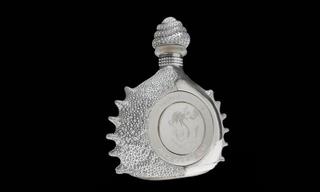
What Would You Pay For the Best Bottle of Scotch On Earth?
These incredible liquors are only available in small numbers and have been sold for extremely hefty prices exclusively for the elite
To enable your Ad-Free Subscription, please fill the fields below
Your subscription was successful, now you can enjoy an ad-free experience!!
Note: To make sure you get no ads, please make sure to log in to your account. If you are logged in already, then refresh the page. The subscription can be cancelled at any time.


